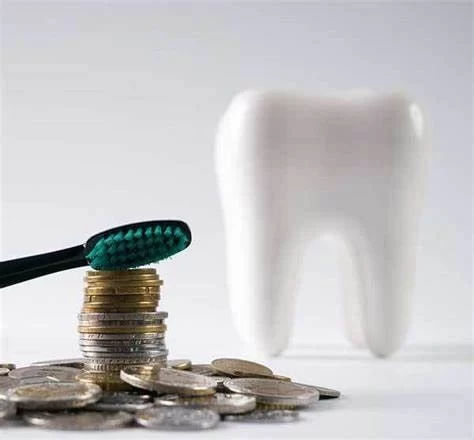
How Dental Insurance Affects Out-of-Pocket Costs
- 1. Overview of Dental Insurance and Out-of-Pocket Costs
- 2. Types of Dental Insurance Coverage
- 3. How Dental Insurance Saves You Money
- 4. Understanding Out-of-Pocket Expenses
- 5. Real-Life Example of Dental Insurance Impact
- 6. Conclusion and Buying Guide
1. Overview of Dental Insurance and Out-of-Pocket Costs
Dental insurance can significantly influence your out-of-pocket costs when receiving dental care. Whether it's routine cleanings, fillings, or more expensive treatments, the right dental insurance plan helps reduce the financial burden. However, the extent of coverage and how much you pay out-of-pocket depends on various factors such as the plan type, your dental health, and the providers in your network.
2. Types of Dental Insurance Coverage
Understanding the different types of dental insurance plans is crucial when assessing how they affect your out-of-pocket costs. Here are the primary types of dental insurance:
- Dental PPOs (Preferred Provider Organizations): These plans offer flexibility in choosing providers but may result in higher out-of-pocket costs if you go out of network.
- DHMO (Dental Health Maintenance Organization): Typically lower premiums but limited choice of providers, and often lower out-of-pocket costs for services.
- Indemnity Plans: These provide the most flexibility in choosing providers but come with higher premiums and a higher share of out-of-pocket expenses.
Choosing the right plan can make a big difference in how much you pay out-of-pocket for dental care.
3. How Dental Insurance Saves You Money
Dental insurance can save you money by covering a portion of the costs for preventive care and major procedures. Routine check-ups, cleanings, and X-rays are typically covered at 100% under most dental insurance plans, which means these services can often be free or at a low cost to you. However, for more expensive treatments like crowns, root canals, or orthodontics, insurance will cover a percentage, and the rest will be your responsibility.
4. Understanding Out-of-Pocket Expenses
While dental insurance helps offset costs, it doesn't eliminate out-of-pocket expenses completely. Here are a few factors to consider:
- Deductibles: You may need to meet a deductible before your insurance starts covering costs.
- Co-pays and Coinsurance: Even with insurance, you'll often be responsible for a portion of the cost (co-pays or coinsurance).
- Annual Limits: Most plans have an annual maximum limit on coverage, and once it's reached, you're responsible for the remaining costs.
- Non-covered Services: Some treatments, like cosmetic dentistry, may not be covered by your plan, and you’ll have to pay entirely out-of-pocket.
Understanding these factors will help you plan for any out-of-pocket expenses not covered by your insurance.
5. Real-Life Example of Dental Insurance Impact
Take Sarah, for example. She has a PPO dental insurance plan that covers 80% of major dental procedures after she meets her $100 deductible. Sarah needs a root canal, which costs $1,500. Her plan will cover $1,200 (80%), leaving Sarah to pay $300 out-of-pocket. While this is still a significant cost, it’s much lower than the full $1,500 she would have paid without insurance.
Real-life scenarios like this show the value of having dental insurance when facing major dental expenses.
6. Conclusion and Buying Guide
Dental insurance plays a crucial role in reducing your out-of-pocket costs for dental care. By understanding how different plans work and what expenses are covered, you can make an informed decision that aligns with your dental health needs and financial situation. If you're looking to explore affordable dental insurance options, visit Dentistry Toothtruth for more information and advice on selecting the best plan for you.

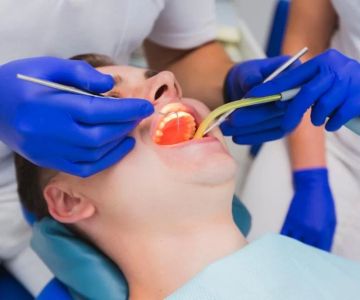



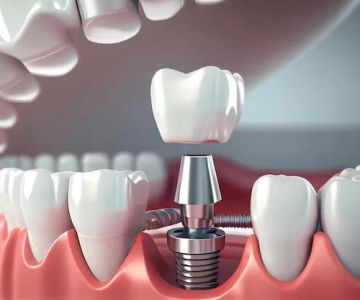

 Kremers, Forbes and Associates DDS5.0 (689 review)
Kremers, Forbes and Associates DDS5.0 (689 review) VCC: The Gary Center2.0 (45 review)
VCC: The Gary Center2.0 (45 review) Hassan Ismail5.0 (1 review)
Hassan Ismail5.0 (1 review) Open Door Family Medical Center- Sleepy Hollow4.0 (215 review)
Open Door Family Medical Center- Sleepy Hollow4.0 (215 review)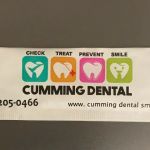 Cumming Dental Smiles: Bethelview Road4.0 (529 review)
Cumming Dental Smiles: Bethelview Road4.0 (529 review)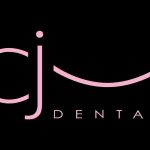 CJ Dental4.0 (13 review)
CJ Dental4.0 (13 review) The Importance of Oral Health Education During Pregnancy for a Healthy Pregnancy
The Importance of Oral Health Education During Pregnancy for a Healthy Pregnancy Best Tips for Brushing Your Teeth Properly for Healthy Gums: Essential Techniques for Oral Health
Best Tips for Brushing Your Teeth Properly for Healthy Gums: Essential Techniques for Oral Health Why Skipping Dental Checkups Can Lead to Bigger Oral Health Problems
Why Skipping Dental Checkups Can Lead to Bigger Oral Health Problems Advantages of Porcelain Dental Restorations
Advantages of Porcelain Dental Restorations How Can Diabetes Cause Tooth and Gum Problems? Preventing and Managing Oral Health Issues
How Can Diabetes Cause Tooth and Gum Problems? Preventing and Managing Oral Health Issues Healthy Habits for Promoting Good Oral Health and Hygiene: Tips for a Healthy Smile
Healthy Habits for Promoting Good Oral Health and Hygiene: Tips for a Healthy Smile